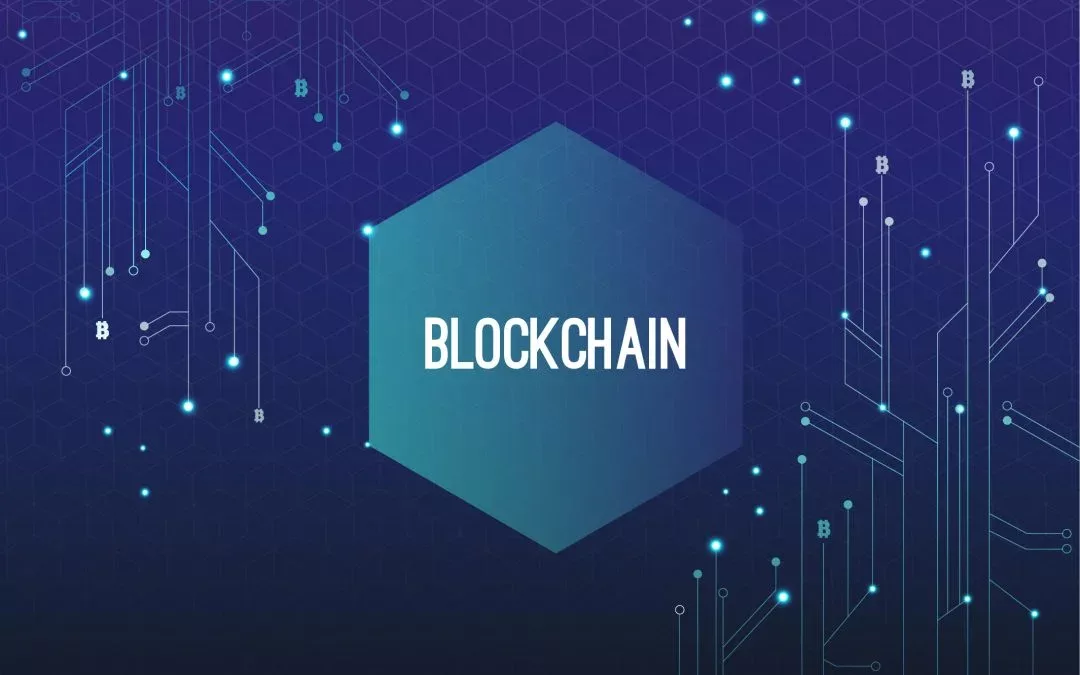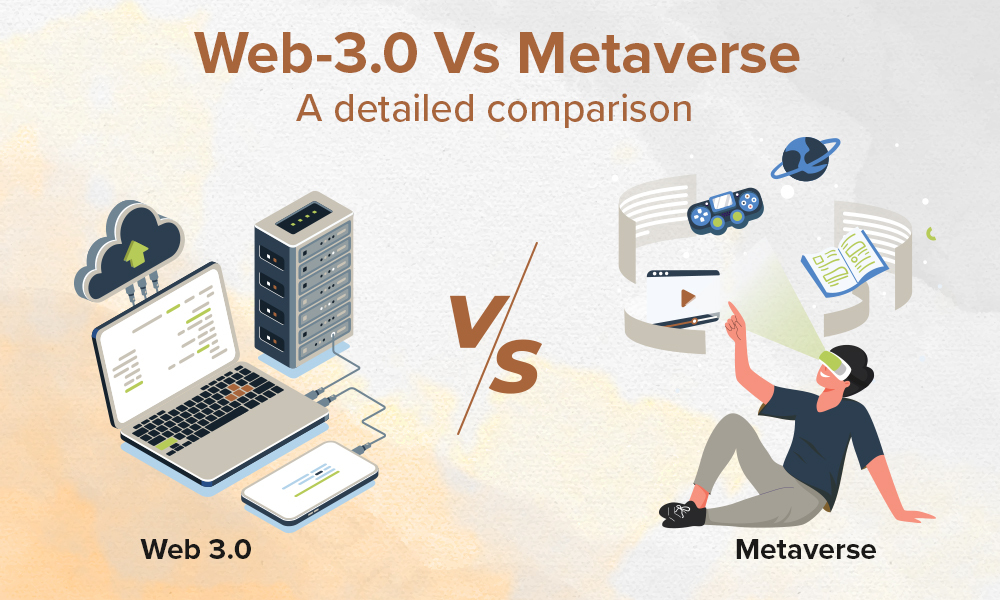Introduced in the year 2008, Blockchain was just known as core technology behind Bitcoin. The disruptive technology is termed as the fourth industrial revolution; the steam engine, electricity and information technology are known to be the first three. In his original whitepaper, Satoshi Nakamoto explained blockchain as an immutable ledger which allows transactions to take place in a decentralized manner. Translating into simpler words, what is blockchain? It is just another type of database to record transactions.
The data or transactions are stored in fixed structures called ‘blocks’. Every block has only one parent block. The first block of a blockchain is christened as ‘genesis block’ which has no parent block. The maximum number of transactions that a block can contain depends on the size of the block as well as the size of each transaction. Blockchain validates each transaction with asymmetric cryptography mechanism.
If you wish to learn blockchain in an interactive way, watch our video at the end of the article!
The important elements of a block are:
Block Header: Every block contains a unique reference number, the time when the block was created as well as a link connecting it to the previous block.
Block Body: Each transaction or information is validated. The block contains information of the transaction made, amount transferred, and the address of the parties involved.
How is each transaction in Blockchain Validated?
- a sender creates transactions using his private key;
- a transaction is being sent to a network node and it awaits to be taken into the block. Miner calculates the next block of blockchain.
- the block is broadcasted to the network;
- the network verifies the block based on a consensus algorithm that decides which copy of data on the network is valid and which is invalid by keeping track of the entire blockchain;
- when verified, the block is added to a chain which represents an indelible and transparent record of transactions;
- the transaction is completed.
Blockchain Beyond Bitcoin
One keeps hearing the term ‘blockchain’ more and more, and with more and more industry adoption, the world has now realized that it’s more than just Bitcoin. Bitcoin is simply a cryptocurrency which was the first blockchain product. Initially blockchain and bitcoin were understood as synonymous of each other however, bitcoin is just one case and there are others like ethereum, litecoin, ripple in existence.
Key Aspects of Blockchain
Blockchain as a system of record
Digital identity
Blockchain as a technology offers a strong system to establish digital identity. As the technology is not based on permissions and centralized accounts, rather based on ownership of private keys which becomes the key to digital assets, it helps in safeguarding personal data and not putting sensitive information online.
Tokenization
To authenticate a unique physical item, blockchain is used to pair them with a corresponding digital token. The physical and digital world assets are linked with tokens and can be sold to multiple owners. These tokens are transforming industries like supply chain, banking and finance, entertainment and helping in counterfeiting frauds.
Inter-organizational data management
With blockchain, the world now knows how to simply manage a system of records. It is less about maintaining a database and more about how information is collected and stored.
For governments
Governments across the world are interested in blockchain as blockchain can store ownership rights in cryptographic manner and can maintain records in form of an immutable ledger. Secondly, they can use blockchain protocols to authorize transactions. Thirdly, they can use blockchain to revolutionize regulatory compliance and help in making the data used in the processes more available, transparent, quick and secure.
For audit trails
With the client-server infrastructure, banks and financial institutions who serve customers online have to secure sensitive data and information from the hackers. While banks can afford to pay billions of dollars to safeguard information, the businesses are finding it hard to spend the same amount for the task. Businesses like e-commerce are constantly facing security threat, and at times hackers succeed to steal sensitive client information.
Blockchain technology offers a means to automatically create a record of who has accessed information or records, and to set controls on permissions required to see information.
As a technology, blockchain can resolve the issue with maintaining a ledger of who accessed the information or records and setting controls or permissions to access information. This also has important implications for health records.
Blockchain as a platform
For smart contracting
With blockchain leading to the development of smart contracts, this is where the world is now forming digital relationships and securing data.
Smart contracts are coded in blockchain and they perform transactions when pre-entered conditions are met. The blockchain smart contracts are now used to store information and documents to support complex legal agreements.
Blockchain startups are developing ‘sidechains’- bespoke blockchains plugged into bigger permissionless blockchains. These blockchains are trying to overcome blockchain problems like scalability plaguing bitcoin.
For automated governance
Bitcoin itself is an example of automated governance, or a DAO (decentralized autonomous organization). It, and other projects, remain experiments in governance, and much research is missing on this subject.
For markets
Another way to think of cryptocurrency is as a digital bearer bond. This translates to owning digitally unique keys to establish ownership rights on assets. The tokens or cryptocurrency can represent rights of ownership to various stocks, shares, property or any other asset. How these physical or digital assets can be transacted can also be coded in a blockchain protocol.
To streamline clearing and settlement
When it comes to stock trading, we all are aware of settlements happening in the ‘T+3’ system. This means that any trade (T) is followed by three days before it is accepted and finally settled. This system can be brought down to ‘T+0’ meaning real-time settlements with blockchain without compromising risk and security.
To automate regulatory compliance
Not just being an immutable ledger, blockchain can also work as a technology to enforce regulatory compliance but in a code form. In simple terms, the block validation can be a translation of government legal prose into digital code.
For e.g. In the banking industry, blockchain can help to keep a check on anti-money laundering (AML) compliance. The technology will keep an eye on the transactions and permit the transactions which only meet the regulations while flagging the ones which don’t match the exact rules. This translates to automation of transaction authorization and regulatory reporting in the banking industry.
Don’t forget to Subscribe to our channel.
Next week learn with us about Permissioned and Permissionless blockchain!



.jpg)
